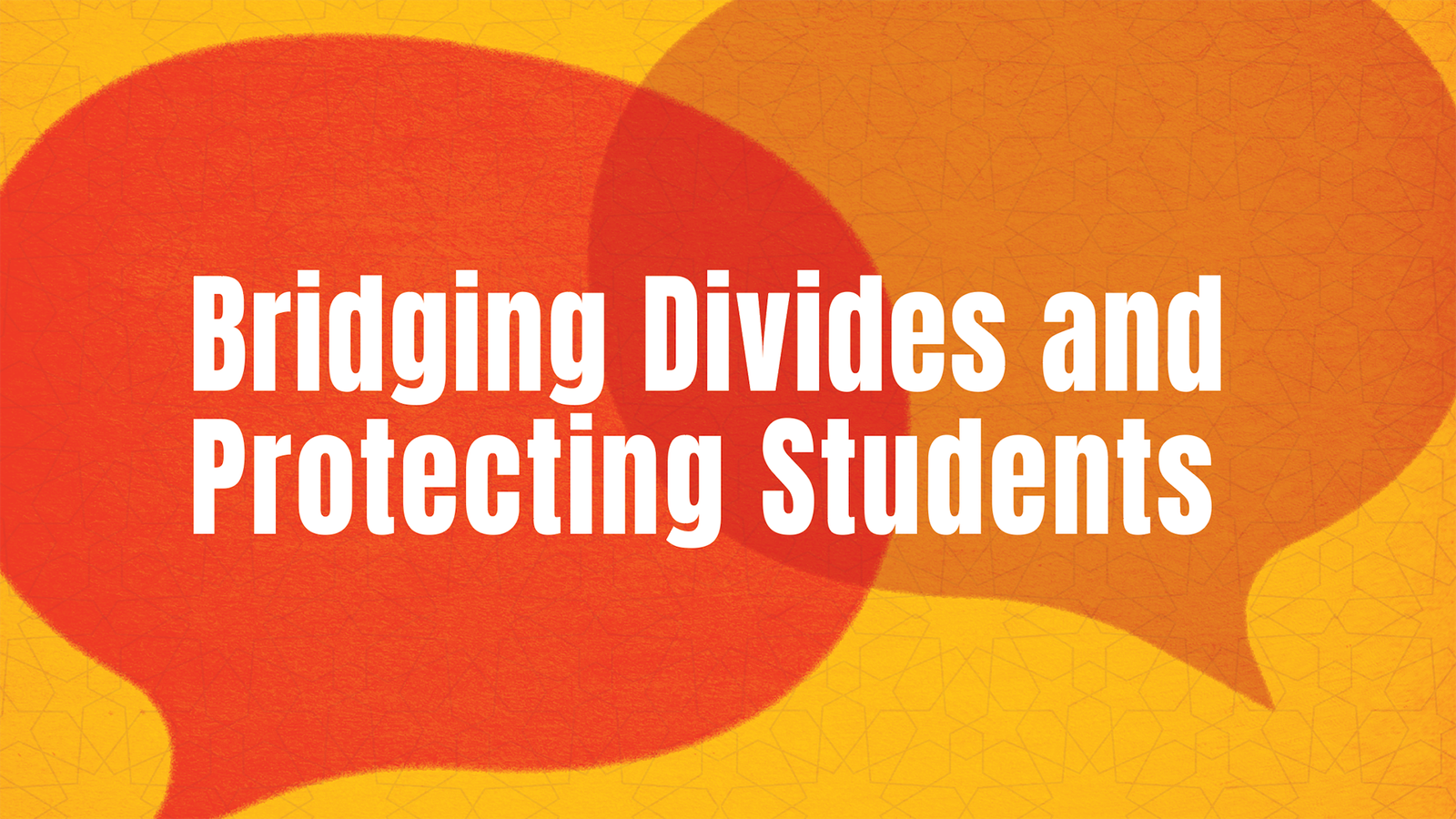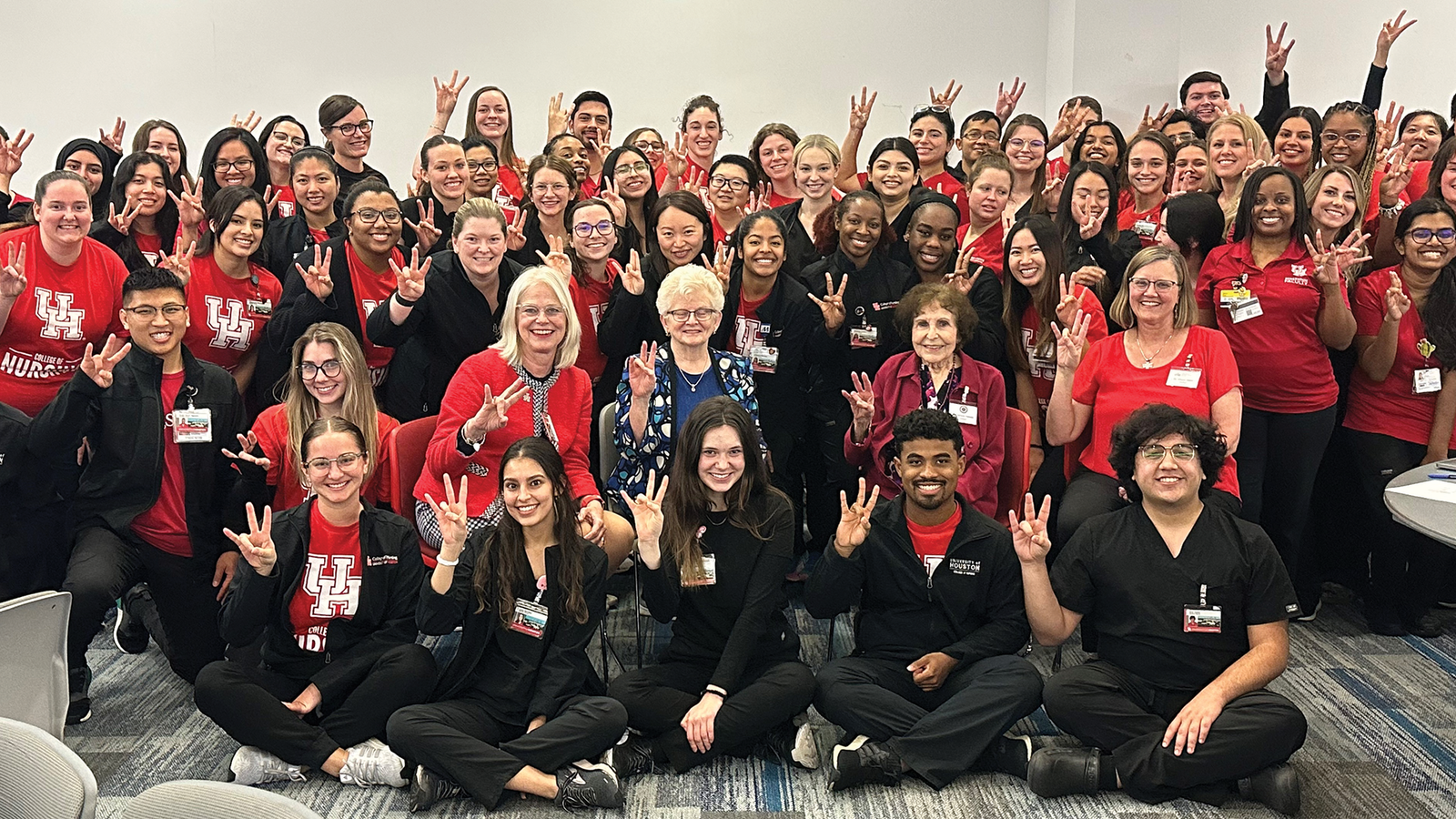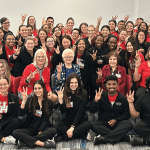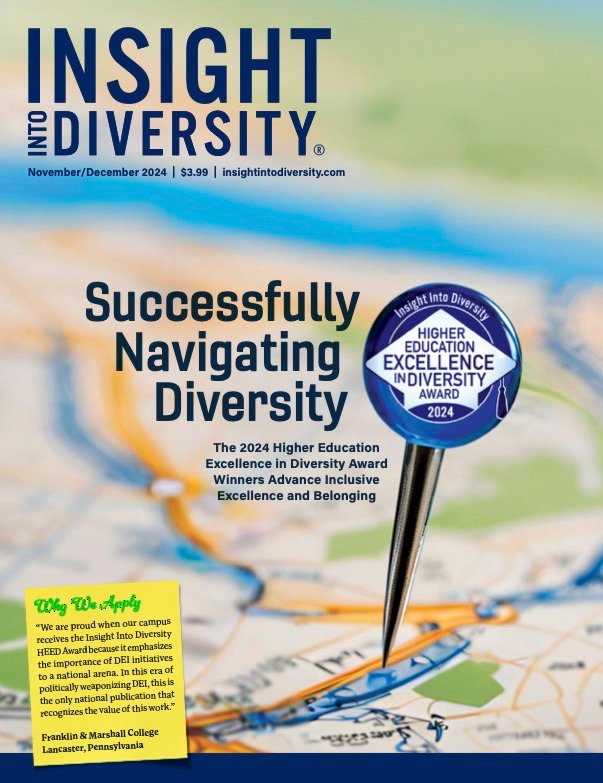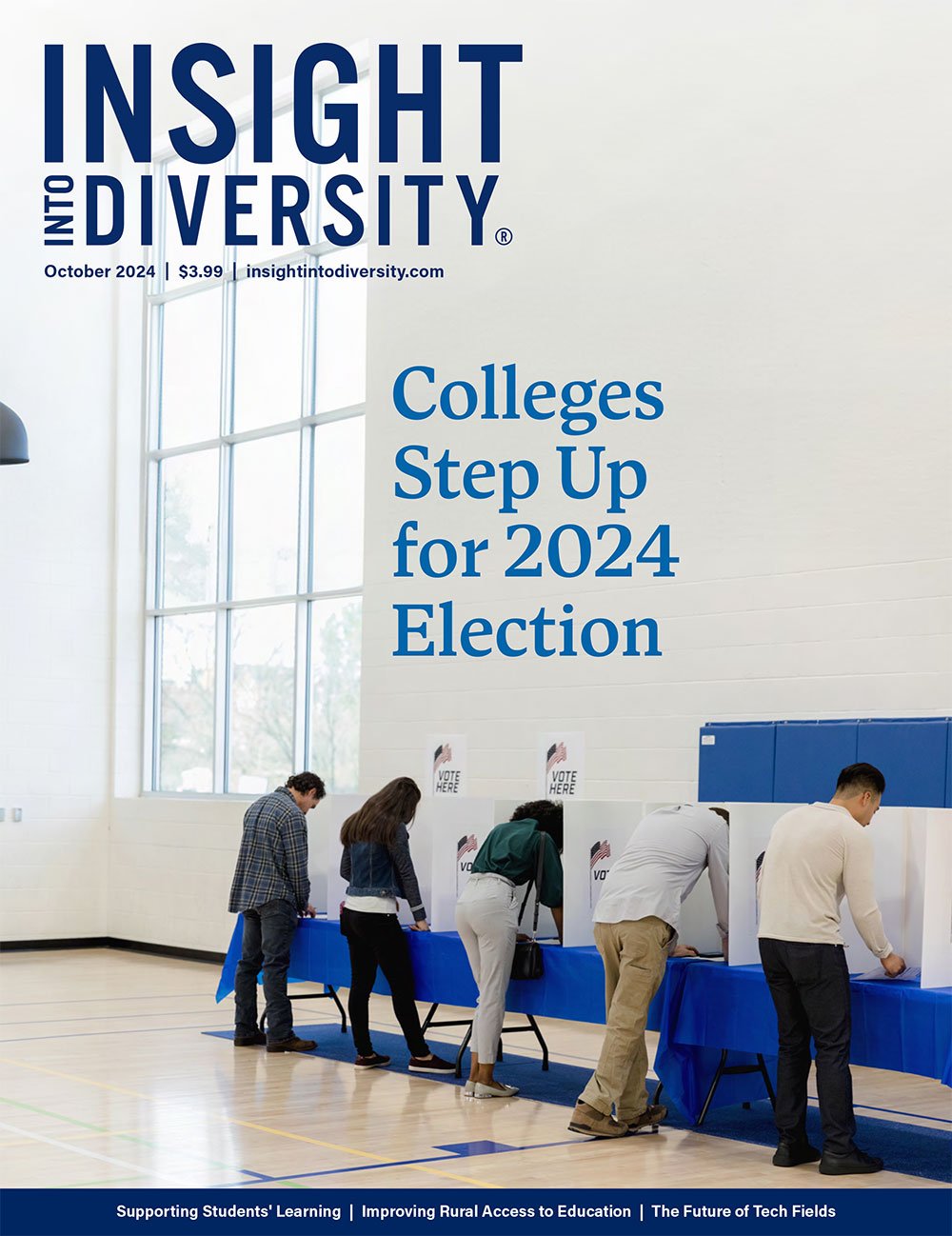
Talking about racism in interracial groups is difficult and uncomfortable and people sometimes go to great lengths to avoid the topic. But having such conversations is the only way to create more equitable, diverse, and inclusive spaces, says Glenn Singleton, founder and CEO of Courageous Conversation, a consulting and training agency that works with education, government, and business organizations.
Discussing race presents both challenges and opportunities, he says, and no matter the setting, the same issue arises: We don’t focus enough on our individual experiences, even though doing so would help us understand how they inform our actions.
“Each person comes into their environments — from students to teachers, and the professors, administrators, and community activists — with a personal narrative around race that needs to be at the foundation of their understanding of how their beliefs drive their behaviors,” Singleton says.
Commit to Conversation

Part of the role of colleges and universities is to advance dialogue on difficult topics, and a useful starting point for conversations about race is to actively commit to that responsibility, says Ruby Ababio-Fernandez, EdD, executive vice president of programming and development for Courageous Conversation.
“It has always been a taboo to have a conversation about race in the U.S.,” she says. “The first thing [to do is] take off the brakes and make it clear that our intention is to have this conversation.”
The word “courageous” is a core tenet of the framework on talking about racial equity for good reasons — because such conversations precede courageous leadership, says Ababio-Fernandez.
“If you can talk about it, you can critically examine it,” she says. “If you can’t critically examine it, you don’t deeply understand it. And if you don’t understand it, you can’t address it.”
Singleton and his team provide parameters that help manage the discomfort that invariably arises and offer ways to help participants process their emotions. As part of that, facilitators elicit agreements at the outset that establish a safe space for faculty and staff to discuss the goal the group is hoping to achieve, he says, whether it is to create more equitable practices, provide a more culturally responsive classroom experience, or some other aspiration.
These buy-ins also involve a commitment to stay engaged, regardless of the intensity, and to be honest about one’s thoughts and feelings no matter how unusual or unpopular they fear those views might be.
As part of the process, group members must also accept a lack of closure, understanding that discussions about race are ongoing.
Strategies for Productive Dialogue
Before discussions get underway in a group setting, Singleton and his team teach mindful interaction and active listening techniques, key elements in advancing difficult conversations.
“The enemy of really healing around racial discourse is that [people] are often not courageous enough to jump back in when they make mistakes.”
Glenn Singleton
The skill of inquiry is also important because discourse on race is so rare that people may not actually know how they feel about racial issues, he says. In trying to formulate opinions on the spot, they may rely on problematic or unexamined perspectives, or stay silent.
Rather than mistake that silence for resistance to engage, or quickly deem a perspective to be a person’s fixed racist ideology, a discussion facilitator can engage participants using reflective questions, such as the following, to allow them time to reconsider opinions they expressed:
- Can you tell me what you mean when you say … ?
- Is it possible for you to say more about … ?
- Have the thoughts you shared been shaped by others, or is this your own personal perspective?
- Why do you think others might want to challenge your perspective?
In asking those questions, says Singleton, a facilitator is not judging; rather, the goal is to help the person to get to a deeper level of understanding and gain the ability to articulate that.
When a group member is afraid to share their personal story or what they think about what they heard someone say, it’s up to the facilitator to create a greater sense of safety, he says.
“I have to actually model that vulnerability, that willingness to share at a deep and personal level,” he says. “[That] provides for some people a level of permission and a higher level of safety to engage.” A facilitator might also directly invite that person to share their own narrative, acknowledging that all perspectives are important, he says.
Persistence and practice are also important, Singleton says.
Practice is Key
“The enemy of really healing around racial discourse is that [people] are often not courageous enough to jump back in when they make mistakes,” he says. “Like anything else, like riding a bicycle or the first time we write something, we make mistakes. It’s not going to be perfect. This perfection becomes the enemy of progress. Relinquish this belief that it has to be perfect.— practice is the goal.”
When people are persistent, he says, they learn when to be introspective and reflect on how they could have done something differently.
“This generation of children, and the generation before, are far more adept at having these conversations. It’s important that we catch up as adults, irrespective of our roles, especially and particularly in the higher education space.”
Ruby Ababio-Fernandez, EdD
A discussion on race in some form is always taking place, Singleton says, so participants have ample opportunity to practice their skills beyond the initial conversation, which is highly recommended — and which emphasizes the original agreement that there is no closure when talking about racial justice.
But there is also a point at which leveling up is required, especially when individuals and groups are unprepared or unwilling to engage in charged discussions. In that case, says Singleton, a conversation before the conversation is important.
“For example, when George Floyd was murdered, many organizations weren’t situated to have any kind of conversations about challenging circumstances in the workplace. And so now this conversation also sits on top of it, and they want to go right to that,” he says. “Many times, they’re just not ready for that level of conversation given the lack of conversation, period, in the community.”
Building Capacity is Imperative
It becomes a matter of building capacity in the organization, Singleton says. If they’re not already giving honest feedback to each other, if there’s not a high level of personal engagement, if people don’t feel connected and supportive of one another, then it’s going to show up in a more significant way when topics of racial justice are centered.
Singleton observes that in the years since the murder of George Floyd, his audience is typically no longer in a place where they need to be convinced that race matters. What they need now, he says, are tools to operationalize the fact that race matters and to ensure that this core value aligns with the direction of their organization.
Ababio-Fernandez says it would be wise for leaders in any environment to keep in mind that interracial conversations about race often take place organically among young people, and it’s incumbent upon everyone else to keep pace.
“This generation of children, and the generation before, are far more adept at having these conversations. It’s important that we catch up as adults, irrespective of our roles, especially and particularly in the higher education space,” she says.●
This article was published in our July/August 2023 issue.




